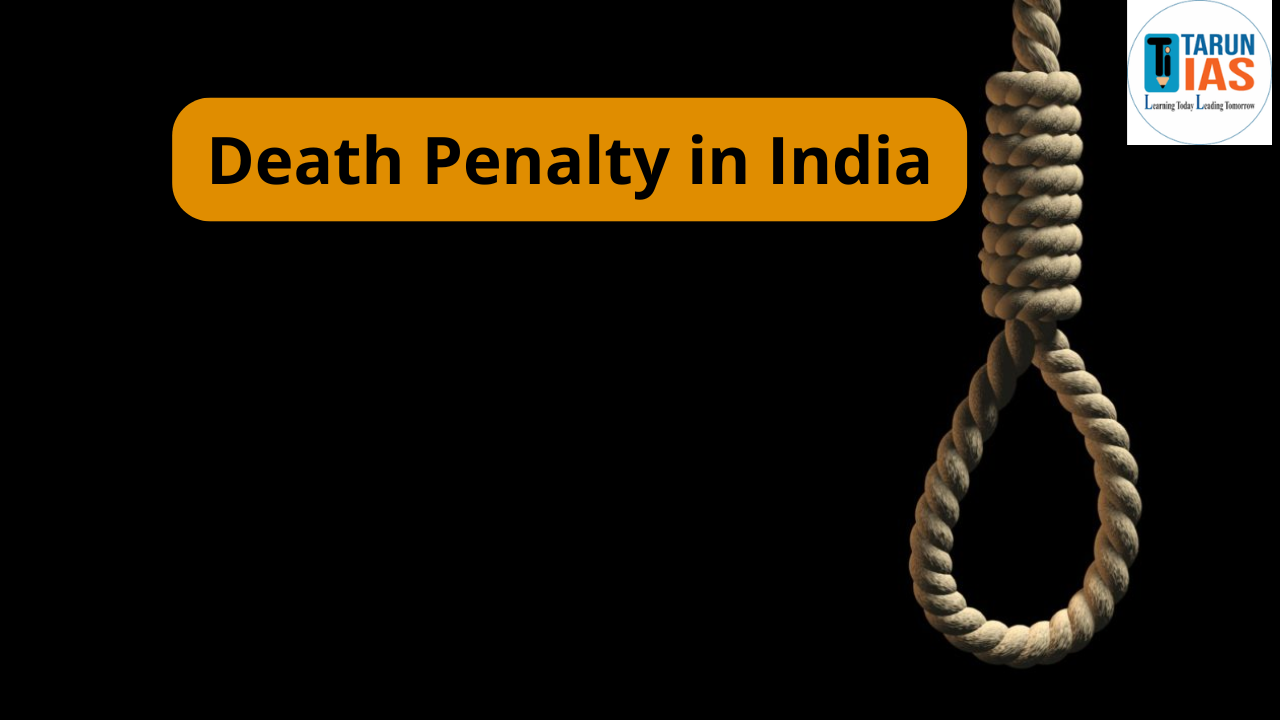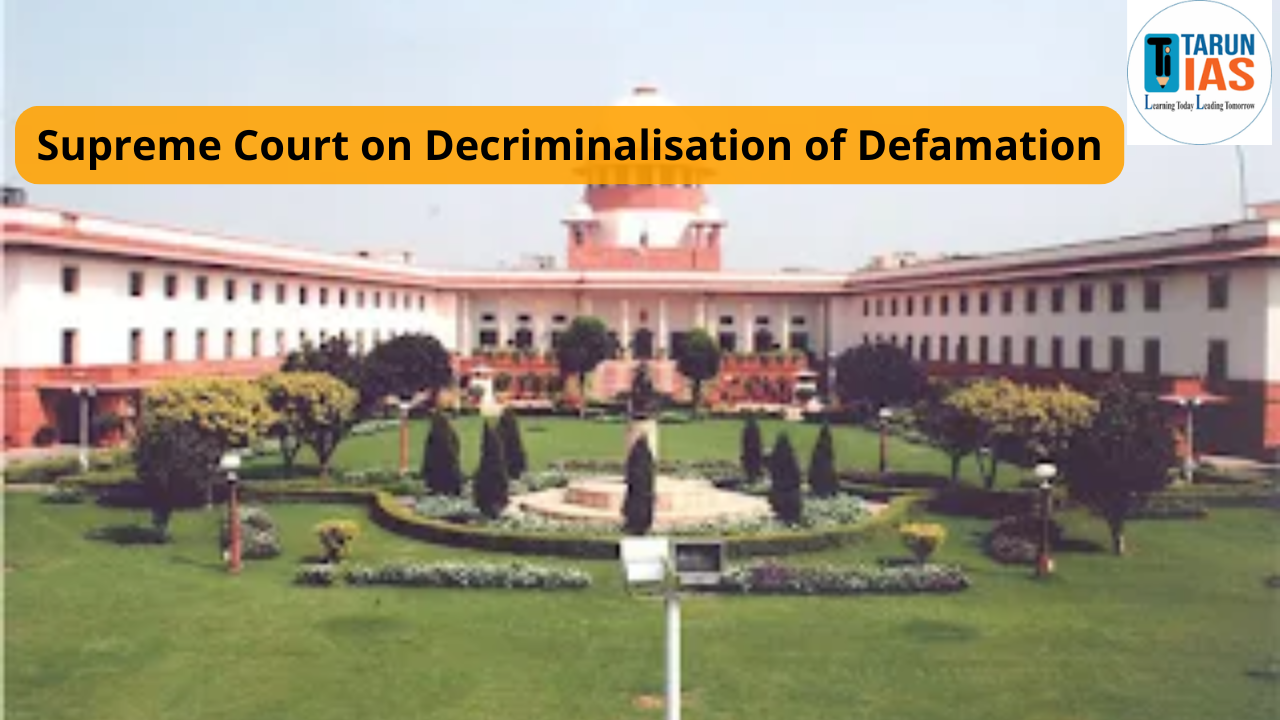- Colonial legislations: The official Secrets Act, 1923 and the Indian Evidence Act, 1872 act as a hindrance in implementation of the RTI Act. The union government has a discretion to tag a particular information as the official “Secret”. Such secret information cannot be obtained through RTI application as it is exempted under the act. The Indian Evidence Act prohibits the use of any unpublished information to be used as evidence in a court of law. This also acts as a hurdle in ensuring transparency in the governmental actions.
- Credibility of information commissions: It has been observed that retired civil servants are often appointed to information commissions both at the Union and at state levels. Such retired bureaucrats are often sympathetic towards PIOs delaying the information. It has also been observed that PIOs are condoned most of the time by the information commissioners. The appointment of information commissioners is also the prerogative of the executive. Such appointments raise doubts over independence and autonomy of information commissioners. The 2019 amendment in the RTI act has further limited the independence of information commissions by diluting the provisions related to their tenure and service conditions.
- Storage of information: Many times the information is denied on the grounds that ‘relevant information was not found’. This demands for modernisation of information storage systems in ministries and departments.
- Misuse of RTI: It has been observed that the RTI applications are being used to threaten honest civil servants. RTI applications are being used to promote vested interests rather than the public interest.
- Lack of awareness: There is a glaring lack of awareness among the public especially in the rural areas. The issue of awareness regarding RTI seldom becomes an agenda of political parties in elections.
- Lack of staff and infrastructure: There is a clear lack of requisite staff which can be seen through delays in dissemination of information and high pendency of applications with CIC and SICs. The filing system in most of the departments is lagging behind time which contributes to further delay in dissemination of information.
- Language of information: It has been observed that the information shared by public authorities is often technical in nature and is beyond the understanding of a common person. Such technical language must be supplemented with general explanations so that it can be easily assessed by the applicants.
- Exclusion of Political parties: The political parties have constantly resisted their inclusion under the ambit of the RTI. Political parties influence the whole process of governance in a significant way. Their internal working, funding mechanisms, criteria for selection of candidates, etc. have tremendous impact on democratic norms in the society.
- Threats to RTI activists: Bureaucratic-politics nexus has resulted in killings of many RTI activists since the inception of the act. Recently, RTI activist Ranjeet Soni was shot dead in Vidisha district of Madhya Pradesh for allegedly exposing corruption in the Public Works Department in Vidisha. There are many instances of such killings of activists which creates an environment of fear among information seekers. The Whistle-blower Protection Act, 2014 is yet to be operationalised by the government, its operationalisation may help in protecting RTI activists.
Despite the above mentioned challenges in the implementation, the RTI act has been instrumental in creating an environment of openness and transparency in the working of government and its agencies. The number of RTI applications in relation to ministries and departments of the Government of India have seen 10-fold increase since 2006-07, the number of applications during 2006-07 was around 1.8 lakh whereas it was 18.32 Lakh during 2021-22 as per the annual report of CIC. Such an increase indicates that people are slowly but steadily becoming aware about their right to information. E-governance initiatives along with digitalisation and proactive judiciary has further strengthened the dissemination of information in India.
SAMPLE RTI APPLICATION FORMTo, The Public information Officer ________________________ ____________________________ ____________________________ PIN: _______________________ Sir, Subject: Request for Information under Right to Information Act 2005. I Sri/Smt/Ms. __________________________________________________________ Son/Daughter/wife of Shri/Smt/Ms. __________________________________________ resident of ______________________________________________________________, telephone number (with STD Code) ____- _____________________ and/or mobile number: ______________________________ wish to seek information as under —————————————————————————————————————- —————————————————————————————————————- —————————————————————————————————————- I hereby inform that following formalities have been completed by me: 1. That I have deposited the requisite fee of Rs. _____/- by way of Cash / banker cheque / Draft / Postal Order/ others ___________________ ) favoring __________________________________ dated ________________. 2. I need the photocopy of the documents and I had deposited the cost of the photocopy of Rs. ____/- for _____ (Number of Pages) or 3. I had deposited a sum of Rs. _____/- for the charges of CD. (strike out whichever is not applicable) 4. That I belong to Category of below Poverty Line (BPL): Yes / No (Strike whichever is not applicable). If yes, I am attaching the valid photocopy of the certificate. Yes / No 5. That I am a ‘Citizen’ of India and I am asking for the information as ‘Citizen’. 6. I assure that I shall not allow/ cause to use/ pass/share/display/ or circulate the information received in any case and under any circumstances, with any person or in any manner which would be detrimental to the Unity and Sovereignty or against the Interest of India. Signature of the Applicant Dated: |
|
UPSC Articles |
|
| UPSC Interview | UPSC Interview Marks |
| UPSC Syllabus | UPSC Exam Pattern |
| UPSC Eligibility | UPSC Age Limit |
| UPSC Selection Process | UPSC Cut off |














